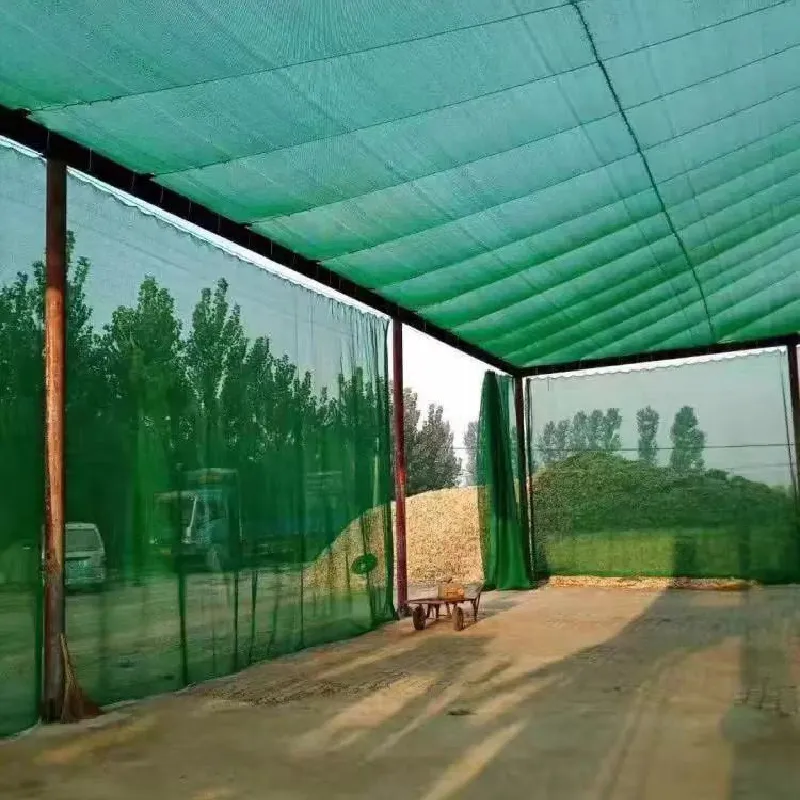-
 Afrikaans
Afrikaans -
 Albanian
Albanian -
 Amharic
Amharic -
 Arabic
Arabic -
 Armenian
Armenian -
 Azerbaijani
Azerbaijani -
 Basque
Basque -
 Belarusian
Belarusian -
 Bengali
Bengali -
 Bosnian
Bosnian -
 Bulgarian
Bulgarian -
 Catalan
Catalan -
 Cebuano
Cebuano -
 China
China -
 Corsican
Corsican -
 Croatian
Croatian -
 Czech
Czech -
 Danish
Danish -
 Dutch
Dutch -
 English
English -
 Esperanto
Esperanto -
 Estonian
Estonian -
 Finnish
Finnish -
 French
French -
 Frisian
Frisian -
 Galician
Galician -
 Georgian
Georgian -
 German
German -
 Greek
Greek -
 Gujarati
Gujarati -
 Haitian Creole
Haitian Creole -
 hausa
hausa -
 hawaiian
hawaiian -
 Hebrew
Hebrew -
 Hindi
Hindi -
 Miao
Miao -
 Hungarian
Hungarian -
 Icelandic
Icelandic -
 igbo
igbo -
 Indonesian
Indonesian -
 irish
irish -
 Italian
Italian -
 Japanese
Japanese -
 Javanese
Javanese -
 Kannada
Kannada -
 kazakh
kazakh -
 Khmer
Khmer -
 Rwandese
Rwandese -
 Korean
Korean -
 Kurdish
Kurdish -
 Kyrgyz
Kyrgyz -
 Lao
Lao -
 Latin
Latin -
 Latvian
Latvian -
 Lithuanian
Lithuanian -
 Luxembourgish
Luxembourgish -
 Macedonian
Macedonian -
 Malgashi
Malgashi -
 Malay
Malay -
 Malayalam
Malayalam -
 Maltese
Maltese -
 Maori
Maori -
 Marathi
Marathi -
 Mongolian
Mongolian -
 Myanmar
Myanmar -
 Nepali
Nepali -
 Norwegian
Norwegian -
 Norwegian
Norwegian -
 Occitan
Occitan -
 Pashto
Pashto -
 Persian
Persian -
 Polish
Polish -
 Portuguese
Portuguese -
 Punjabi
Punjabi -
 Romanian
Romanian -
 Russian
Russian -
 Samoan
Samoan -
 Scottish Gaelic
Scottish Gaelic -
 Serbian
Serbian -
 Sesotho
Sesotho -
 Shona
Shona -
 Sindhi
Sindhi -
 Sinhala
Sinhala -
 Slovak
Slovak -
 Slovenian
Slovenian -
 Somali
Somali -
 Spanish
Spanish -
 Sundanese
Sundanese -
 Swahili
Swahili -
 Swedish
Swedish -
 Tagalog
Tagalog -
 Tajik
Tajik -
 Tamil
Tamil -
 Tatar
Tatar -
 Telugu
Telugu -
 Thai
Thai -
 Turkish
Turkish -
 Turkmen
Turkmen -
 Ukrainian
Ukrainian -
 Urdu
Urdu -
 Uighur
Uighur -
 Uzbek
Uzbek -
 Vietnamese
Vietnamese -
 Welsh
Welsh -
 Bantu
Bantu -
 Yiddish
Yiddish -
 Yoruba
Yoruba -
 Zulu
Zulu
bird trapping net
The Art and Science of Bird Trapping Nets
Bird trapping nets have been used for centuries as an effective method for capturing birds for study, conservation, or birdwatching. These nets, designed specifically for this purpose, combine the art of skilled craftsmanship with scientific principles of avian behavior, making them a fascinating topic for ornithologists, conservationists, and nature enthusiasts alike.
Understanding Bird Trapping Nets
Bird trapping nets come in various forms, but the most common types include mist nets and swoop nets. Mist nets are thin, fine, and nearly invisible, allowing them to blend seamlessly into the environment, making it difficult for birds to spot them. This feature is crucial for ensuring that birds do not become wary of their surroundings. Swoop nets, on the other hand, are typically used for capturing birds as they take flight, making them a favored tool for capturing seabirds or raptors during breeding seasons.
The Purpose of Bird Trapping
The primary purpose of bird trapping is to study bird populations, migration patterns, and behavior. Ornithologists use data gathered from trapped birds to track health indicators, breeding success, and population dynamics. This research plays a critical role in conservation efforts, helping to identify species that may be at risk of extinction or those that are thriving.
In addition to research, bird trapping nets are also employed in rehabilitation efforts. Injured or sick birds can be captured for treatment and then released back into their habitats. Furthermore, bird enthusiasts and photographers use these nets to attract birds to specific locations for observation and photography, ensuring they can appreciate these creatures up close without causing harm.
The Ethical Considerations
bird trapping net

While bird trapping can provide valuable data and insights, it also raises ethical concerns. The welfare of the birds is paramount, and researchers must adhere to strict guidelines to ensure that trapping is conducted humanely. Nets should be checked regularly to minimize stress and injury to captured birds. Additionally, permits are often required to trap birds, ensuring that the practice is monitored and regulated to prevent abuse.
The Craftsmanship Behind the Nets
Creating a bird trapping net requires not only an understanding of birds but also a touch of artistry. High-quality materials are essential for ensuring durability while maintaining a low visibility profile. The craftsmanship extends to the design and setup of the nets; their effective deployment often requires an intimate knowledge of the specific bird species being targeted.
Natural camouflage and proper placement are crucial for success; nets must effectively blend into the surrounding environment to avoid detection by the birds. Additionally, the placement of bait or other attractants plays a vital role in drawing birds in. This strategic blend of artistry and science is what makes bird trapping nets an intriguing subject for those engaged in wildlife research.
Future of Bird Trapping Nets
As technology advances, the future of bird trapping may see further innovations. For instance, the integration of remote monitoring systems or GPS tracking could revolutionize how bird trapping is conducted. Researchers are now exploring methods that minimize human interaction, which may lead to even more ethical trapping practices.
Conclusion
In conclusion, bird trapping nets represent a delicate balance between the art of capturing and the science of understanding avian life. These tools not only facilitate important research and conservation efforts but also give enthusiasts a chance to connect with nature. The continuing evolution of techniques and the ongoing commitment to ethical practices will ensure that bird trapping remains a vital component of ornithological study and environmental stewardship for years to come. Understanding the intricacies of bird trapping nets enhances our appreciation for avian species and emphasizes the importance of conserving their habitats for future generations.
-
Shipping Plastic Bags for Every NeedNewsJul.24,2025
-
Safety Netting: Your Shield in ConstructionNewsJul.24,2025
-
Plastic Mesh Netting for Everyday UseNewsJul.24,2025
-
Nylon Netting for Every UseNewsJul.24,2025
-
Mesh Breeder Box for Fish TanksNewsJul.24,2025
-
Expanded Steel Mesh Offers Durable VersatilityNewsJul.24,2025











